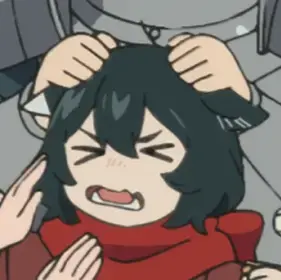Last weeks threads - 4 Comments - 17 Comments
Dungeon Meshi is a well liked manga, and an adaptation by Studio Trigger is now airing. If you haven’t picked this one up, consider joining us. Both for fun and as a way of contributing to activity on Lemmy.
The party is now on the third level of the dungeon, and we see the first multi-chapter mini-arc from the manga adapted into single episode. Laios and his party have to get past a room full of magical, moving, hostile suits of armor. How will they pull it off? What will they learn about this monster?
Laios very much wants to know, what living suits of armor taste like. The rest of the gang is pretty sure they’re just normal metal with a spell cast upon them. But are they?
Remember not to spoil anything if you’re a manga reader, but feel free to elaborate on tidbits of lore that may not be coming through in the adaptation.


I was not expecting living armor in a monster cooking show. The colony of shellfish idea was pretty clever; kind of like a hermit crab voltron or something. I also liked the flashbacks this episode. The first of which was Laios and his sister as new adventurers and the second was Laios and his sister as children (with their dog) playing with an insect egg sac.
I want to talk briefly about the second of them in particular. Trigger really played fast and loose with the animation, switching to a very sketchy, dream-like style that clearly set it apart from the rest of the episode stylistically. It was reminiscent of something like an old memory in which you might not remember everything clearly, but you are just left with the impressions or rough outlines. I think the style change there helped to convey some added nostalgia to the scene and in some ways added to the emotional weight Laios is supposed to be feeling as he is on a quest to reclaim his sister’s body.
Finally, loved the galaxy brain moment he had when he realized it was an egg sac:
Yup, Trigger is beautifully stretching the legs on the animated medium, not just adapting but adding complementary artistic expression to the source material.
It’s a treat to see a studio apply these things that they’ve learned doing original anime, in ways studios that do only adaptations seldom do.